As an occupational therapist, I get many referrals for children who have difficulty with handwriting speed & legibility. Teachers and parents often assume that the reason for a child having problems is that they have fine-motor difficulties or delays.
That may be true, especially for children who have disabilities such as Down syndrome, autism spectrum disorder, cerebral palsy, … But there are many children who are more typically developing and still have significant issues with handwriting independence, legibility, and speed.
Why do so many typically developing children struggle with printing and cursive?
1. Starting to write lowercase letters at too young of an age.
If you begin to write a letter form when you are too young to be able to learn and follow the pattern consistently, you will make up your own pattern and continue to use that pattern until it is a strongly ingrained motor habit. Le ss than 50% of all typically developing children are ready to learn to write lowercase letters before they are five years old. So if you want my preschooler to learn to write their name, teach them to write it with capitals first. Capitals are simply made with lines and curves and are much easier than lowercase letters.
ss than 50% of all typically developing children are ready to learn to write lowercase letters before they are five years old. So if you want my preschooler to learn to write their name, teach them to write it with capitals first. Capitals are simply made with lines and curves and are much easier than lowercase letters.
2. Learning to print was not supported by high-quality explicit instruction.
Learning to print, or write in cursive, is a unique motor skill, and as such needs good sequential instruction and support. When letters are taught in groups of similarly formed letters children are able to build on previous learning and repetition.
3. Lack of sufficient practice.
Even if you have a great teacher who is using a developmentally appropriate sequential program to teach handwriting, if children don’t spend enough time practicing conventional letter formations, efficient formations will not become a habit.
4. School worksheets that have single lines or no lines to write on.
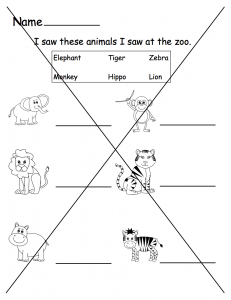
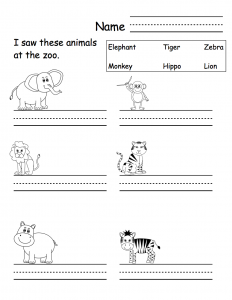
To get enough practice with conventional letter formations young children need the support of traditional primary paper with a bottom line, a dashed middle line, and a solid top line whenever they are writing. Children who receive good quality instruction but get most of their practice on single lined paper, often revert to poor formations such as starting letters at the bottom rather than the top.
5. Practice makes permanent!
Contrary to popular belief that “practice makes perfect”, in the case of handwriting, if children are not specifically coached to make changes with their handwriting habits, the practice they are getting will not make their handwriting better – but just make their mistakes more permanent.
![]()
If you are looking for high-quality explicit instructional materials to teach handwriting, I have just updated my beginning lowercase curriculum.

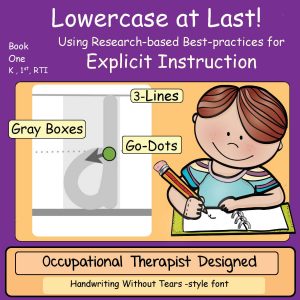 Lowercase At Last: Book 1
Lowercase At Last: Book 1
Initial Classroom Instruction:

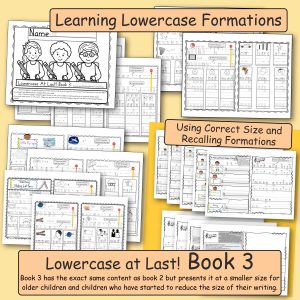 Lowercase At Last Book 2 & 3
Lowercase At Last Book 2 & 3
Homework or Intervention:
![]()
[inlinkz_linkup id=716827 mode=1]

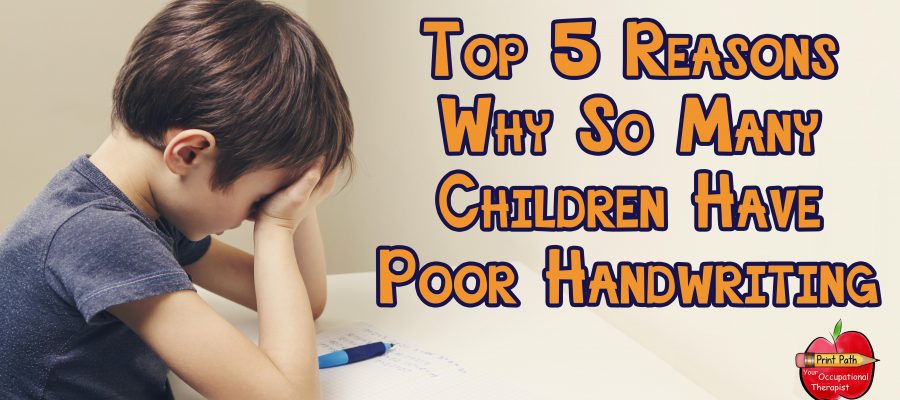
I love this post! When I taught ECSE, my parents always complained that their children weren’t writing enough. It was hard to explain that explicit and academic writing was not developmentally appropriate for a 3 year old. The pressure as teachers to teach children skills younger and younger is so real and hard to deal with.